It can be intimidating to launch an internet business, particularly when attempting to determine which e-commerce business model best fits your aspirations. Knowing the many models available will help you make the best decision, regardless of your experience level as a small business owner or your level of entrepreneurial ambition.
In this blog post, we’ll explore types of e-commerce business models and how to choose the best one for your venture.
Introduction to E-commerce Business Models
E-commerce has completely changed how we conduct business. Nowadays, more people than ever purchase online, so it’s critical to comprehend the many e-commerce business models. These models specify how you handle operations, create income, and communicate with your clients. Selecting the appropriate model lays a solid groundwork for future success.
Classification of E-commerce Business Models
Below is an explanation of different types of e-commerce business models.
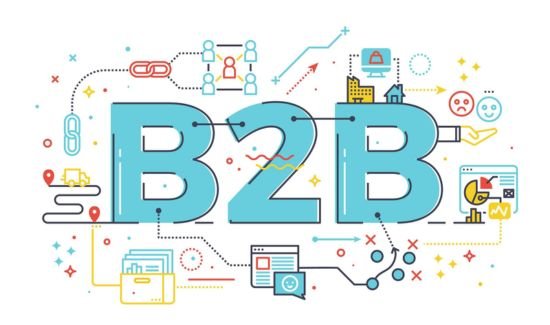
1. B2B (Business to Business)
Business-to-business interactions are a feature of the B2B paradigm. Instead of selling to individual customers, companies sell their goods and services to other companies. This type of business is expected in sectors where enterprises require equipment, supplies, or expert services to function.
For instance, a manufacturer of office furniture may market to corporations, educational institutions, and other commercial establishments. Large orders and long-term contracts are two key benefits of doing business with other businesses. However, more intricate sales procedures and connections are frequently needed. If you want to know detailed advantages and disadvantages of B2B e-commerce then read this article: B2B E-commerce Advantages and Disadvantages.
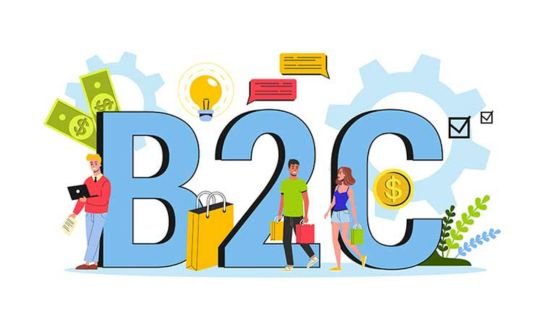
2. B2C (Business to Consumer)
Businesses sell directly to individual customers under the B2C model, the e-commerce business model most widely known to the public. This technique is used by apparel businesses that sell directly through their websites and online retailers like Amazon.
The vast customer base of B2C is its primary benefit. Companies have access to millions of prospective clients. But there’s a lot of competition, and marketing expenses may be hefty.
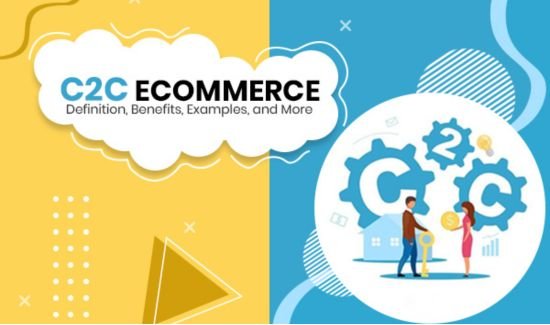
3. C2C (Consumer to Consumer)
The C2C concept facilitates consumer-to-consumer interactions. Craigslist and eBay are two excellent examples of such platforms. This concept allows people to sell things they no longer need to interested parties.
One major benefit of C2C is that it requires very little inventory management because users take care of it themselves. However, upholding confidence and guaranteeing seamless transactions may be difficult.
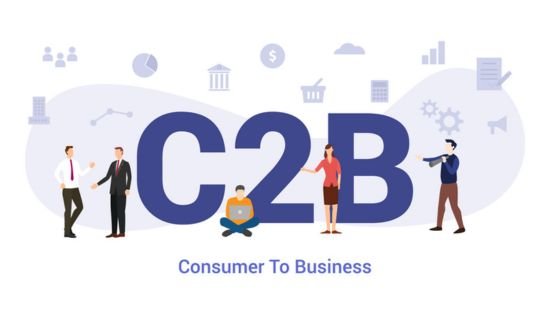
4. C2B (Consumer to Business)
Although less frequent, C2B is becoming increasingly popular. Under this concept, customers present companies with goods or services. For instance, a freelance writer may supply material to a corporation, or a photographer could sell their photos to a stock picture company.
The benefit of C2B is that individual resources and skills may be profitable. However, developing a clientele might require work and patience.
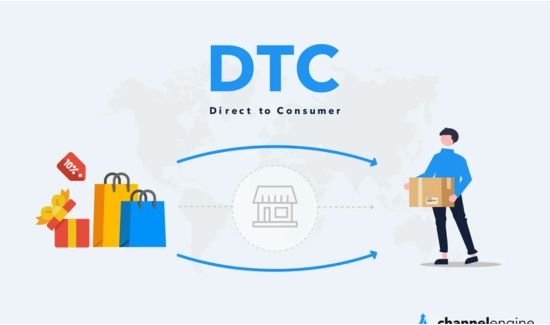
5. D2C (direct-to-consumer)
Through the D2C model, manufacturers can sell directly to customers, eschewing traditional merchants and middlemen. Companies like Dollar Shave Club and Warby Parker have effectively adopted this strategy.
Direct connections with customers and larger profit margins are provided by D2C. It does, however, need strong logistical and marketing plans.

6. White-labeling and Private Labeling
White-labeling and private labeling are two popular business strategies that allow companies to expand their product offerings without developing new items from scratch. White labeling involves purchasing generic products from manufacturers and rebranding them as your own. In contrast, private labeling entails working with a manufacturer to create custom-branded products exclusively for your brand.
Both approaches offer distinct advantages, such as saving time and resources on product development. However, they also come with challenges, like ensuring quality control and maintaining brand consistency.

7. Subscription-based Models
In subscription-based e-commerce, goods and services are delivered regularly. Businesses that adopt this concept include Birchbox and Netflix.
The key benefits are steady cash sources and devoted clientele. Nonetheless, it’s critical to continue providing value and retaining subscribers.

Key Considerations for Choosing the Right Model
The best e-commerce business model relies on several variables. First, consider your product kind. Do you sell ordinary stuff or specialized products? Next, ascertain who your target market is. Are your clients’ companies, private individuals, or both?
Evaluate your resource availability as well. Do you have the ability to manufacture it, or would it be preferable to use white-label? Finally, assess the competition in the market and establish your sales targets. Are you aiming for big contracts, regular income, or high-volume sales?

Future Trends in E-commerce Business Models
The world of e-commerce is changing quickly, with subscription-based business models, sustainable practices, and AI-driven customization gaining center stage. Retail innovators and entrepreneurs use these trends to improve consumer satisfaction and operational effectiveness. Maintaining a competitive edge in a constantly evolving industry necessitates closely monitoring technology developments and consumer tastes.
Conclusion and Call to Action
Building a profitable online business starts with selecting the appropriate e-commerce business model. Understanding the various models, their benefits, and any potential drawbacks can help you make an informed choice that supports your company’s objectives.
We advise small company owners and entrepreneurs to include these insights in their plans to grow their online presence. Please comment below with your experiences, and don’t forget to read our associated articles for extra guidance.
Let’s build a thriving online business together! I hope this blog helped you in exploring types of e-commerce business models. If you want to know the differences between e-business and e-commerce, then read this article: 6 key Differences Between E-Business and E-Commerce.
Frequently Asked Questions (FAQs)
What are the advantages of a B2B e-commerce model?
The business-to-business (B2B) model has several benefits, such as the ability to take on huge orders and long-term agreements. Compared to other models, it also usually entails more predictable and quantifiable client connections.
How do subscription-based e-commerce models operate?
Subscription-based E-commerce platforms entail delivering goods or services regularly. Netflix and Birchbox are two instances of businesses where clients pay a recurring charge to get unrestricted access to goods and services.
Are white labeling and private labeling profitable?
Private labeling and white labeling are both viable business strategies. They enable business owners to establish a brand without producing goods themselves. However, they need to locate trustworthy suppliers and efficiently handle quality control.
How important is technology in e-commerce?
Technology is essential to online shopping. It simplifies several company operations, including order fulfillment, customer support, online stores, and payment processing. Staying abreast with technical developments can confer notable benefits over competitors.

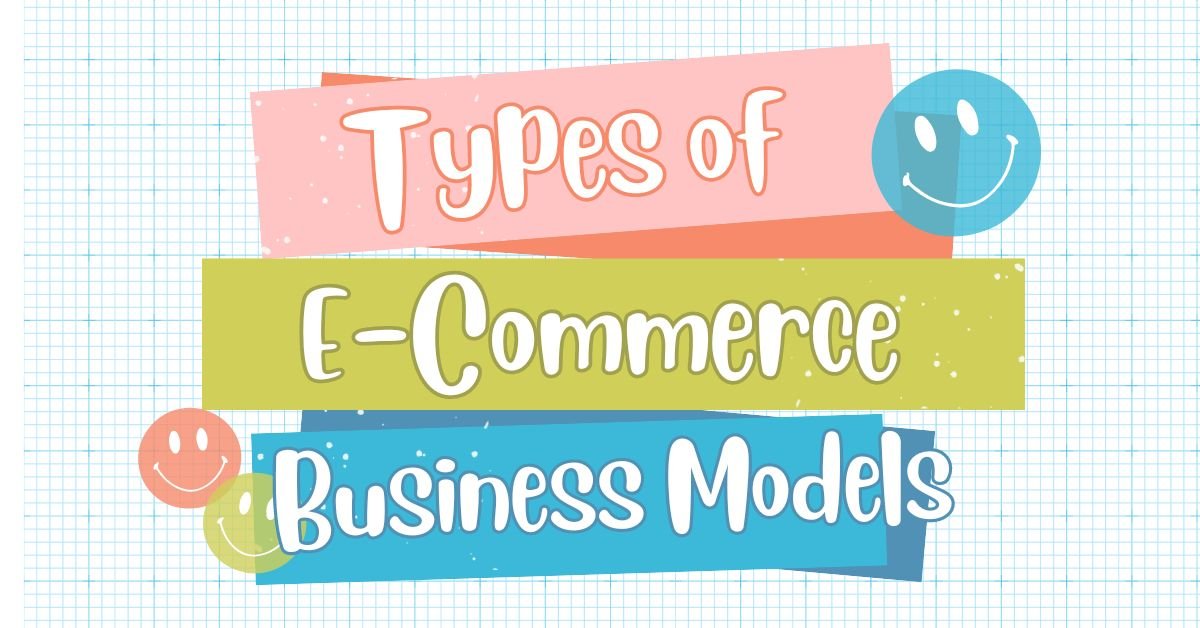
2 thoughts on “Discovering the 7 Types of E-Commerce Business Models”